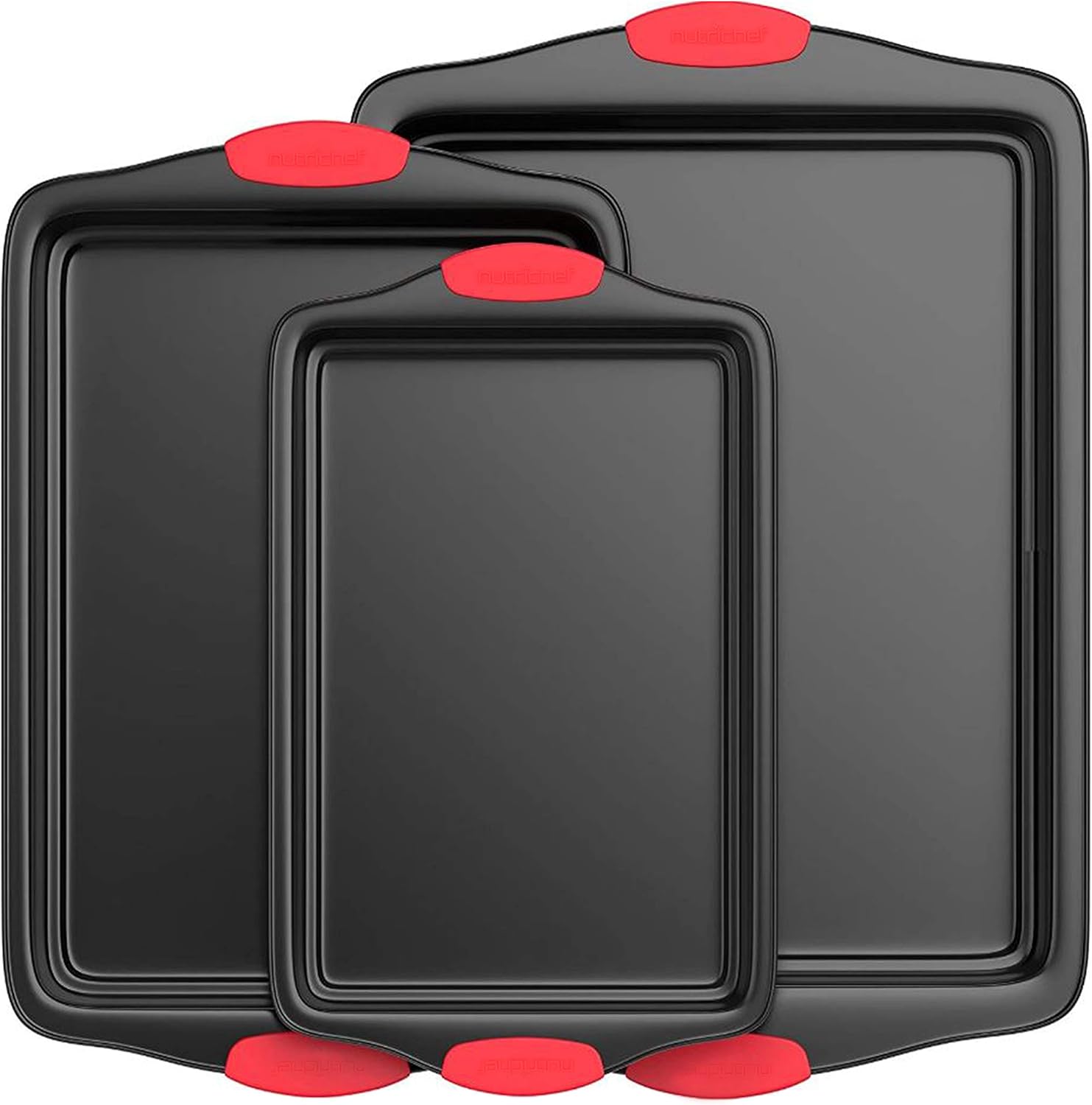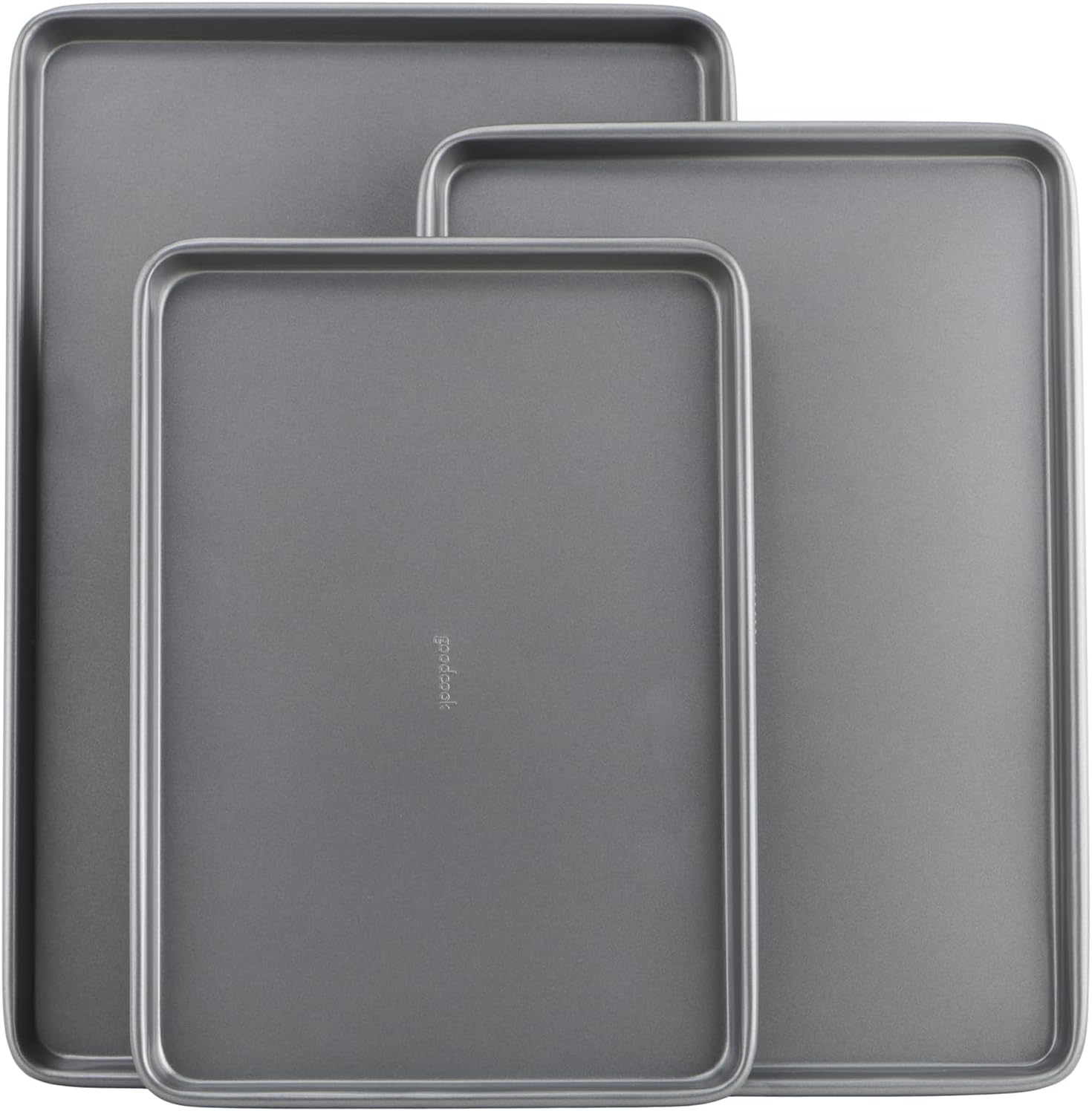What Should You Do If You Use a Dark Pan When Baking? Exclusive Tips Ahead!
Written By James Morgan
Are you a BBQ enthusiast who loves baking? Do you often find yourself wondering what should you do if you use a dark pan when baking? This dilemma is more common than you might think, especially for barbecue aficionados who are looking to branch out into the world of baked goods. Before diving into the heart of the matter, let's get you acquainted with why the type of pan you use can have a tremendous impact on your baking results.

Why the Pan Color Matters
A common question among baking beginners is why pan color matters. Dark pans absorb more heat and create high bake temperatures, leading to quicker browning and potentially burning your food. On the other hand, light-colored pans reflect heat, providing a slower and more even baking process. Understanding this key difference can save you from a lot of frustrating kitchen experiments.
The Science Behind Pan Colors
Dark pans are generally made of materials like anodized aluminum or tin steel that absorb heat more readily. This can be a boon for your barbecue dishes, making them crispy and delicious. But when it comes to baking, it can be both a blessing and a curse.
To delve deeper into this fascinating aspect, you might want to read about various baking pans and how they affect your cooking.

Adjusting Your Recipes
One key adjustment when using a dark pan is changing the oven temperature. To achieve the best results, you should usually reduce the baking temperature by 25F to offset the higher heat absorption. This adjustment ensures that your cakes, cookies, or bread bake more evenly without burning.
For additional insights into temperature adjustments, read our guide on adjusting baking time for larger pan.
The Importance of Timing
Adjusting the temperature alone might not be sufficient. Keep an eye on your food around 5-10 minutes before the original time specified in the recipe. This proactive approach prevents over-baking and ensures a more delightful outcome.
You can also expand your understanding by reading more about swapping baking pan sizes .

Proper Greasing Is Key
Dark pans have a tendency to make baked goods stick more than their lighter counterparts. Ensure proper greasing using a reliable method. Doing so not only saves your food but also makes clean-up easier. You can learn more about proper greasing methods from industry experts.
Using Parchment Paper
While greasing is one approach, using parchment paper can also provide a non-stick layer between your food and the pan. This tool is particularly useful for delicate baked goods such as cookies and thin cakes.
Check out this article on keeping cornbread from sticking to the baking pan to further enhance your baking skills.

Avoiding Common Mistakes
Understanding and avoiding common mistakes is essential when using dark pans. One significant error is not rotating your pans midway through the baking process. This step ensures that heat is evenly distributed, helping your food cook thoroughly and evenly.
If youre curious about other common baking pitfalls, click here.
Double Check Your Recipes
Always double-checking your recipes is another important practice. Sometimes, the type of pan used is omitted or overlooked, but this can make a significant difference in the outcome of your baked goods. Doing so ensures that all the adaptations needed for dark pans are put into consideration.
Frequently Asked Questions
How do dark pans differ from light pans?
Dark pans absorb more heat, leading to quicker browning and potential burning, whereas light pans reflect heat for slower, even baking.
Do I have to adjust the temperature when using a dark pan?
Yes, it's generally recommended to reduce the temperature by 25F to ensure even baking without burning your food.
How can I prevent my baked goods from sticking to a dark pan?
Properly grease your pan or use parchment paper to form a non-stick layer.
As an Amazon Associate, I earn from qualifying purchases.



